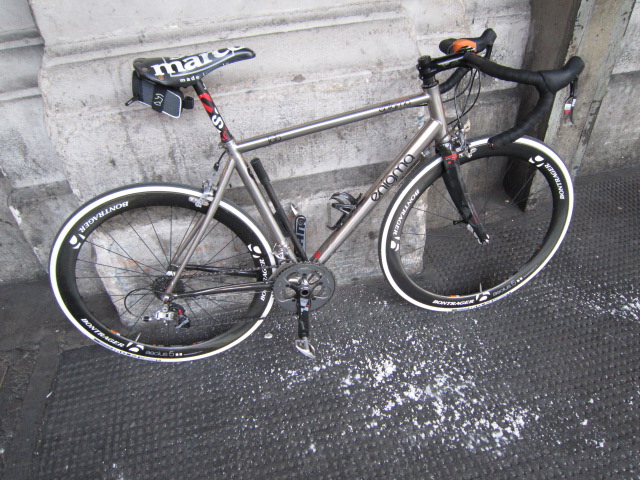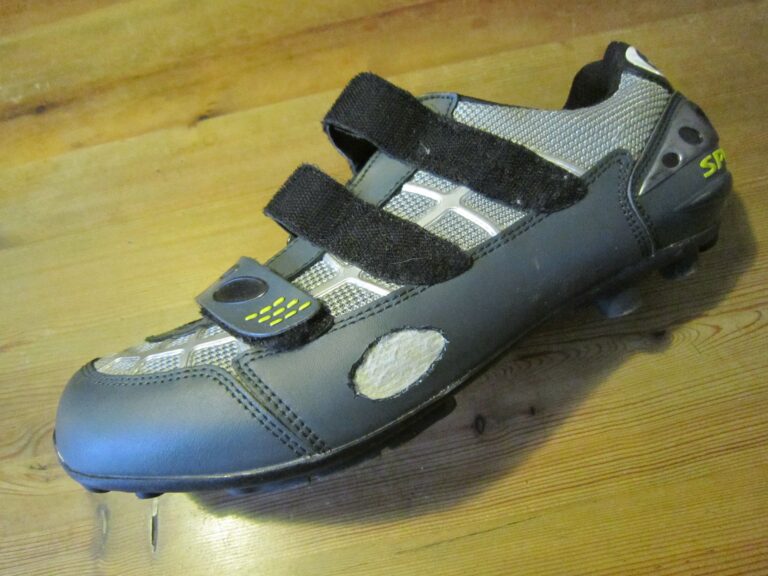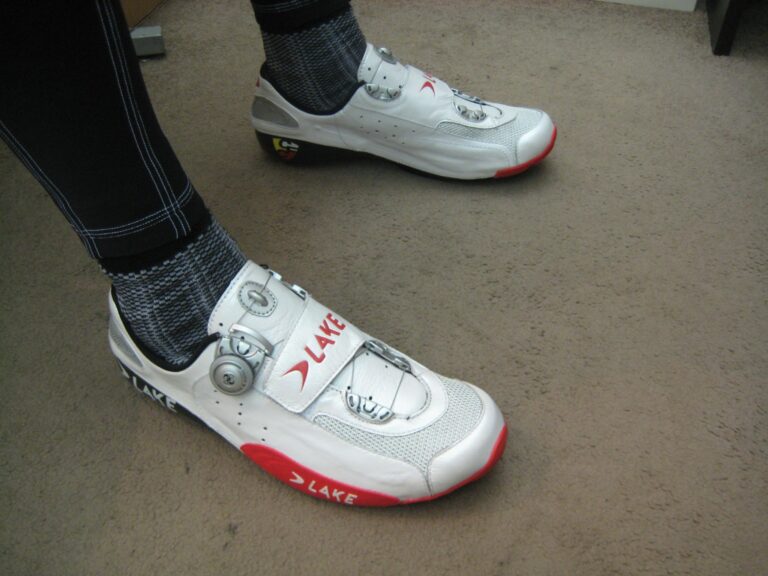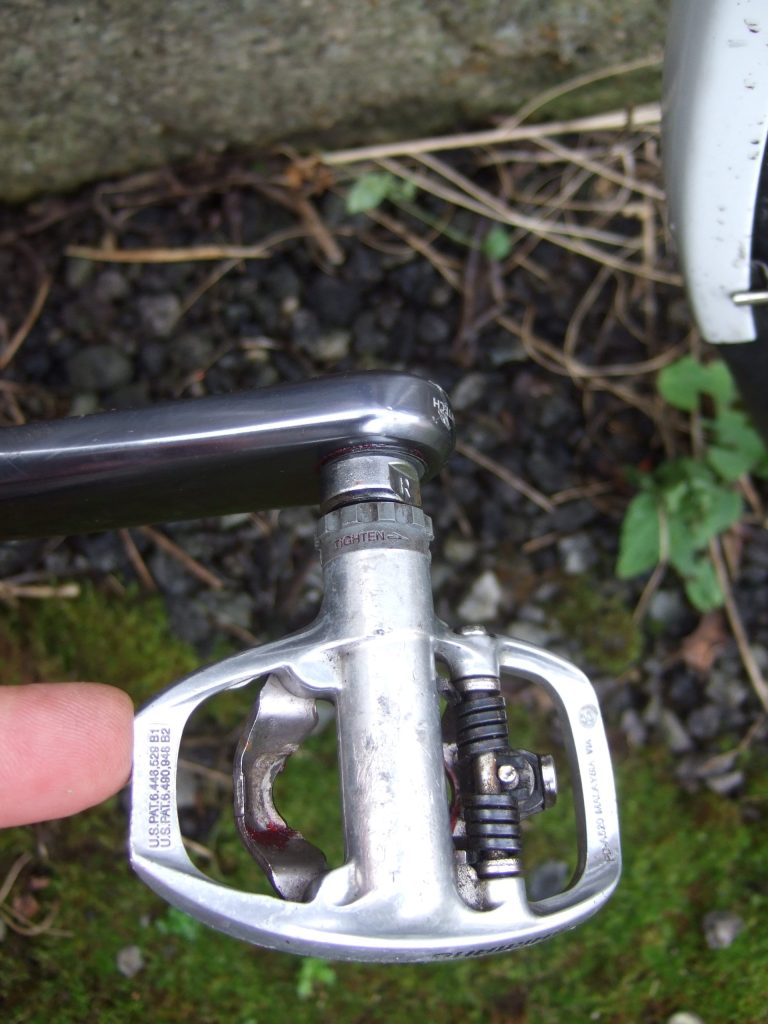
One or two of my colleagues questioned my decision today to ride in on my current number one bike. After all, the recent spell of wintry weather has encouraged local councils to grit the roads with large quantities of rock salt. The lack of rainfall, in London at least, over the same period has left salty dust and grit to accumulate wherever the wind blows it. And, as everybody knows, the stuff attacks lightweight bicycles with limitless aggression.
Well, not in dry weather, it doesn’t. It just goes to work slowly. Galvanic corrosion, which is what takes place when metals corrode in salty water, needs an electrolyte to provide a path for the ion migration that causes corrosion. As the amount of water around decreases, the electrolyte dries out, eventually to leave plain old salt, and the anodic reaction can’t take place.
In fact, even a small amount of moisture present will allow it to happen, albeit slowly. Most of us will have noticed how dry salt crystals left on a vehicle will become small droplets as they absorb moisture from the atmosphere in changing weather conditions. At this point, corrosion can take place.
It happens between different metals and between most metals and carbon-fibre, or graphite, according to their position in the Galvanic Series and on the Anodic Index. This offers a guide to how quickly corrosion will take place and the rate differs according to humidity. It turns out that, for dry, non-humidity-controlled environments a difference on the index of no more than 0.25V is preferred. Unfortunately, even titanium goes over that when in contact with graphite, with aluminium at 0.75V or more depending on alloy. Aluminium, in particular, will corrode very quickly when connected with either carbon/graphite or titanium and pretty fast with steel.
So, galvanic corrosion will attack even in dry weather, but slowly. And, of course, only where salt and moisture have penetrated to set up a corrosion cell. So riding a bike in the dry may leave a layer of salt crystals deposited on the surface of the cycle, but it is unlikely to get anywhere where it can do much harm. Unless, of course, the bike gets caught in a rain shower, in which case the salt now dissolved in water will get precisely where it is not wanted and eat away at any metal part in contact with carbon fibres through it..
The best way to avoid problems is, of course, not to ride a bike even in dry conditions when salt is laid. But, should you decide to do so, you can avoid most problems by not riding in the wet until rain has washed the salt off the roads. And if you do get a dusting of dry salt on the bike, rinse it off thoroughly with cold clean water before storing the bike. The water needs to be cold ‘cos the chemical reaction that causes corrosion works faster when warm.
The carbon fibres themselves will be just fine…





